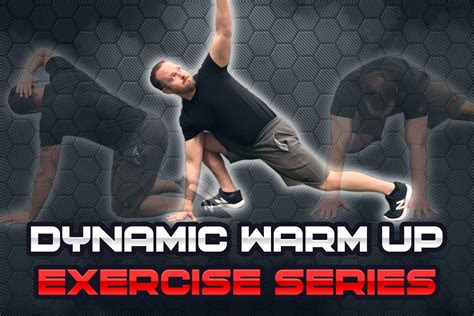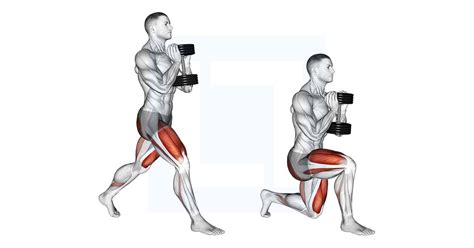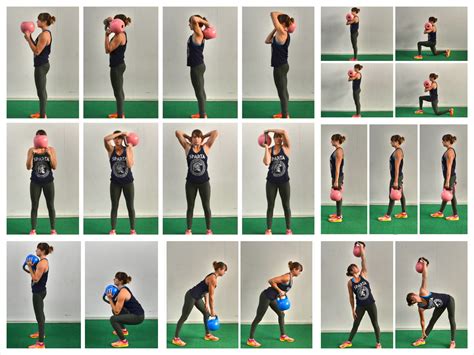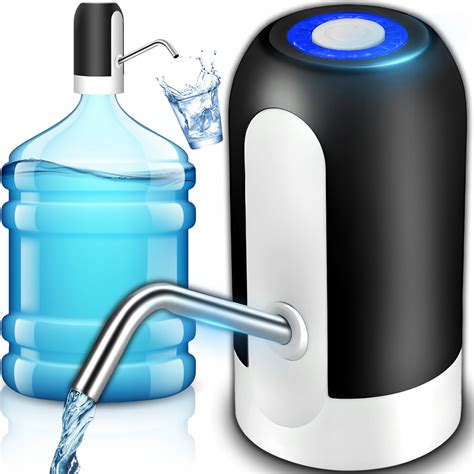Best functional full-body routine for busy men to boost performance?

In the relentless juggle of career, family, and personal commitments, finding time for fitness often feels like an impossible task for many men. Yet, maintaining peak physical and mental performance is crucial for success in all aspects of life. The solution doesn’t lie in hours spent at the gym, but rather in smart, efficient, and effective training. This article outlines the best functional full-body routine specifically designed for busy men to boost their performance without sacrificing their precious time.
Why Functional Full-Body Training is a Game-Changer for Busy Men
Functional training focuses on movements that mimic real-life activities, building strength, mobility, and stability that translate directly to improved daily function and athletic performance. Combining this with a full-body approach offers unparalleled benefits for those with limited time:
- Time Efficiency: Hitting all major muscle groups in one session means fewer gym visits are needed per week, typically 2-3 sessions.
- Enhanced Performance: By training movements (like squatting, pushing, pulling, hinging) instead of isolated muscles, you develop practical strength and coordination for everything from lifting heavy boxes to excelling in sports.
- Metabolic Boost: Full-body workouts are metabolically demanding, leading to greater calorie expenditure during and after the workout, aiding in fat loss and muscle gain.
- Hormonal Response: Engaging large muscle groups simultaneously stimulates a more robust anabolic hormone response, critical for muscle growth and recovery.
- Injury Prevention: Functional movements build balanced strength and stability, addressing weaknesses and improving posture, reducing the risk of injuries.

The Core Principles of an Effective Routine
To maximize your performance and time, your routine should adhere to these principles:
- Compound Movements: Prioritize exercises that involve multiple joints and muscle groups (e.g., squats, deadlifts, presses, rows).
- Progressive Overload: Consistently strive to increase the challenge over time – more weight, more reps, more sets, or shorter rest periods.
- Proper Form: Always prioritize perfect technique over heavy weight to prevent injury and ensure muscles are working effectively.
- Mind-Muscle Connection: Focus on feeling the target muscles work during each exercise.
- Warm-up & Cool-down: Essential for injury prevention and optimizing recovery.
The Performance-Boosting Full-Body Routine
This routine is designed to be performed 2-3 times per week on non-consecutive days (e.g., Monday, Wednesday, Friday). Aim for 3-4 sets of 8-12 repetitions for most exercises, resting 60-90 seconds between sets or performing as a circuit for maximum efficiency.
Warm-up (5-10 minutes)
Focus on dynamic stretches and light cardio to prepare your body. Examples include:
- Jumping Jacks (1 minute)
- Arm Circles (forward & backward, 30 seconds each)
- Leg Swings (forward & sideways, 10-12 per leg)
- Cat-Cow Stretch (10 reps)
- Bodyweight Squats (10-15 reps)

The Main Workout (45-60 minutes)
Perform the following exercises. If time is tight, consider supersetting exercises (doing two different exercises back-to-back with minimal rest in between) or performing as a circuit.
1. Lower Body Push: Dumbbell Goblet Squat or Dumbbell Front Squat
Targets: Quads, glutes, core. Hold a dumbbell vertically against your chest (goblet) or two dumbbells on your shoulders (front rack). Squat down, keeping your chest up and back straight.

2. Upper Body Push: Dumbbell Bench Press or Push-ups (Elevated for Regression, Feet Elevated for Progression)
Targets: Chest, shoulders, triceps. Perform on a bench with dumbbells or on the floor. For push-ups, keep your body in a straight line.
3. Upper Body Pull: Dumbbell Rows or Pull-ups/Lat Pulldowns
Targets: Back (lats, rhomboids), biceps. For dumbbell rows, brace with one hand/knee on a bench. For pull-ups, use an assisted machine or resistance band if needed.
4. Lower Body Hinge: Kettlebell Swings or Romanian Deadlifts (RDLs) with Dumbbells
Targets: Glutes, hamstrings, lower back. Focus on hinging at the hips, not squatting. Keep a slight bend in the knees and a neutral spine.

5. Core Strength & Stability: Plank or Pallof Press
Targets: Entire core. For plank, maintain a straight line from head to heels. For Pallof Press, use a cable machine or resistance band, pressing the handle away from your body while resisting rotation.
6. Functional Carry (Optional but Recommended): Farmer’s Carry
Targets: Grip strength, traps, core, stability. Hold a heavy dumbbell or kettlebell in each hand and walk for a set distance or time. This builds incredible real-world strength and endurance.
Cool-down (5-10 minutes)
Focus on static stretches, holding each for 20-30 seconds. Examples:
- Hamstring Stretch
- Quad Stretch
- Chest Stretch
- Triceps Stretch
- Child’s Pose

Beyond the Gym: Nutrition and Recovery
Remember, exercise is only one piece of the performance puzzle. For busy men, optimizing nutrition and prioritizing recovery are equally critical:
- Fuel Your Body: Focus on whole, unprocessed foods. Ensure adequate protein intake for muscle repair and growth, complex carbohydrates for energy, and healthy fats for hormone production.
- Stay Hydrated: Drink plenty of water throughout the day.
- Prioritize Sleep: Aim for 7-9 hours of quality sleep per night. This is where your body recovers and rebuilds.
- Manage Stress: Chronic stress can hinder recovery and performance. Incorporate stress-reducing activities like meditation, reading, or spending time in nature.
Consistency is Key
This functional full-body routine provides a powerful framework for busy men to boost their performance. It’s not about how long you spend in the gym, but how effectively you train. Consistency, proper form, and progressive overload, combined with smart nutrition and adequate recovery, will unlock your full potential, allowing you to excel in both your physical pursuits and your demanding professional and personal life.






